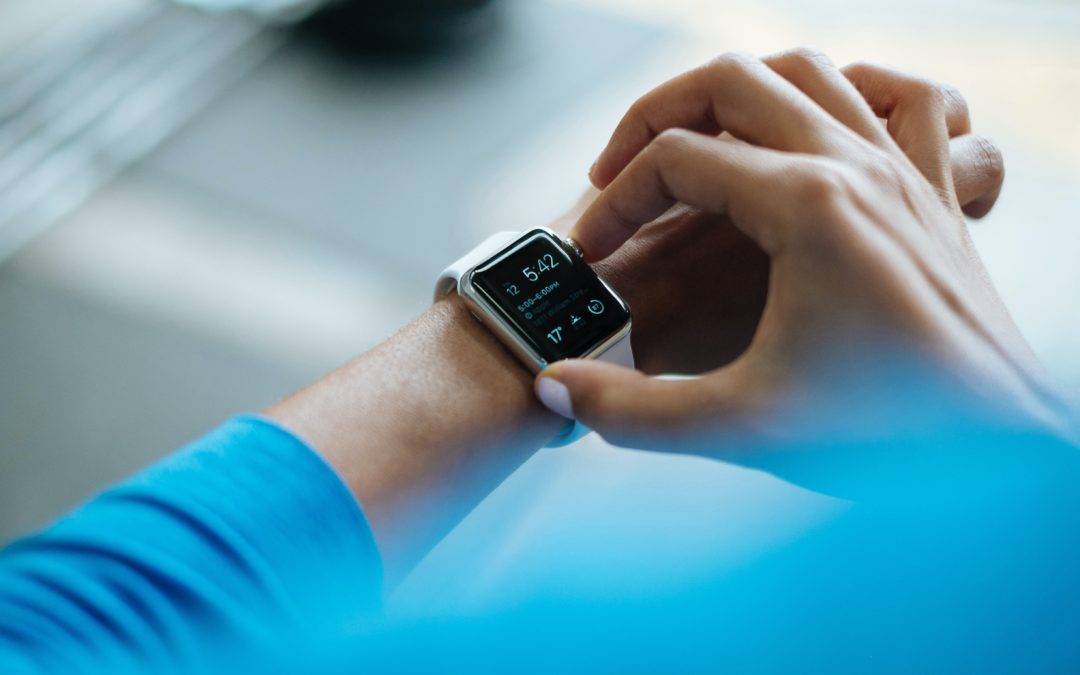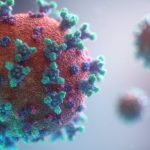How Home Healthcare is Transforming the Patient Experience
Over the past two years, interest in home health has increased dramatically. The COVID-19 pandemic has squeezed perhaps a decade’s worth of interest, demand, and innovation into a much smaller period. Telehealth, an important aspect of home health, is now widely accepted, with over 80% of the U.S. population having tried it at least once.
Home health had the tools and technology necessary to expand like this even before the pandemic. With rising healthcare costs and advances in home sensor tech, doctors have been able to take care of more patients remotely and carefully choose who needs to come into the hospital at all.
Home health can also help with the costs of caring for chronic diseases. According to the CDC, 90% of the U.S.’s $3.8 trillion in annual healthcare expenditures are for people with chronic and mental health conditions. This astronomic number represents between 17% and 19% of the U.S.’s GDP.
We’re also on the precipice of a severe shortage of doctors. The Association of American Medical Colleges recently projected that the U.S. could see a shortage of between 37,100 and 24,000 primary and specialty care physicians by 2034. The American population is also living longer on average, meaning that in the coming decades, there will be more elderly Americans than ever before, the segment that most requires consistent care for chronic diseases.
Using Stealth Devices to Monitor Women’s Health
- Bloomer Tech, an emerging company in women’s cardiovascular health, is developing minimally invasive sensors that can fit comfortably in women’s bras to monitor individuals’ biometrics seamlessly.
- These sensors will be used to create data sets that help researchers understand how womens’ metabolisms differ from men’s, and find patterns in cardiovascular disease.
- Using these sensors, doctors can better see how women metabolize drugs, detect chronic diseases earlier, and predict other conditions before they even become symptomatic.
- In early studies at the MIT clinical research center, these devices showed a 92% similar signal to a traditional in-hospital ECG device. However, the sensors proved to work better than the ECGs when movement was added to the equation and have been tailor-fit to women’s physiologies to provide the best custom data for the population.
- The devices collect over 500 megabytes of data per day, by recording traditional biomarkers such as electrocardiogram, respiratory rate, and heart rhythm.
Developing a Breath-Based Biomarker Reader
- Aidar Health, has a new biomarker sensor technology that was recently FDA cleared and CE mark approved.
- Lovingly known as “a check engine light for health,” the device operates like a breathalyzer but picks up more than 10 essential biomarker parameters in just a 30-second test period. In a short period, the device measures the user’s temperature, blood pressure, ECG, oxygen, saturation, pulse rate, respiratory rate, respiratory flow, morphology, heart rate, heart rate variability, and lung functions.
- Experts at the company are using the data collected from the device to work with pharmaceutical partners, allowing them to get direct feedback on the efficacy of certain drugs in real-time, on real individuals.
- The device’s architects are working to add breath and saliva sensors to the device in subsequent iterations, allowing for an even more comprehensive daily snapshot of individual health in the same short testing period.
- The device has clear applications into asthma care as a digital companion tool for asthma patients. The tool can detect asthmatic exacerbation early and prevent costly and possibly unnecessary patient hospitalization episodes.
A Data Aggregator Platform Designed to Work With Any Device
- Explicitly designed to cross health-equity barriers, Current Health’s health data aggregator software works with as many varieties of devices and sensors as possible. It’s also intended to synergize seamlessly with major electronic health record systems used at most hospitals around the U.S.
- This system has many essential applications in-home healthcare, allowing patients to centralize and access the needed data.
- The platform serves roughly 20,000 patients daily, linking with different health products and sensors reporting data. While some devices sold in tandem with the platform provide fall protection, others can offer help with mental illness or access to care.
- Through Current Health’s partnership with Best Buy, they’re developing a full telehealth and home care system so that customers can take advantage of the new level of communication possible between care providers and patients.
- At-home sensors paired with Current Health’s software platform can enable earlier safe hospital discharges. This allows the patient to save large amounts of money and allows the health care professionals to have more time to treat others in-office.
Balancing Consumer Adoption with Provider Integration
- For telehealth medicine to continue flourishing after the COVID-19 pandemic, we must find novel solutions to balance the cost of care for at-home bed treatment. Most hospitals rely on in-patient care for billing from the patient and their private health insurance or government health programs. With these new technologies coming onto the market, a new standard of payment for at-home health will likely have to develop.
- As new at-home sensors become more and more common, providers and hospitals will need new ways of coping with the vast amounts of data coming their way. While some will welcome this change, it’s important to consider that some systems may be overwhelmed.
Each month, iSelect hosts a series of Deep Dive webinars like this one that examines issues directly related to our portfolio companies and investment thesis. Please register to be notified of future events and join the conversation.






